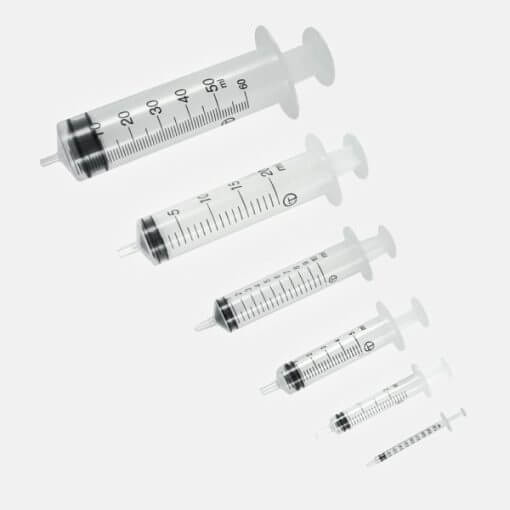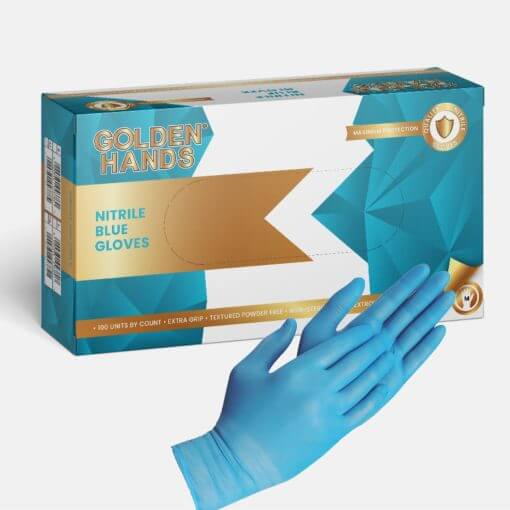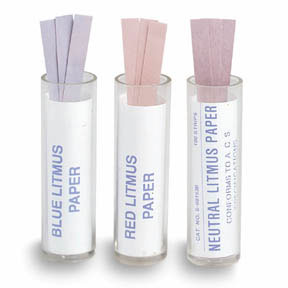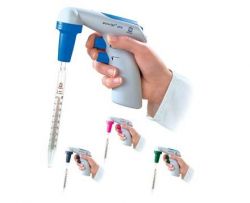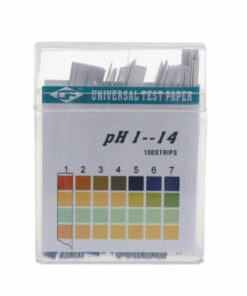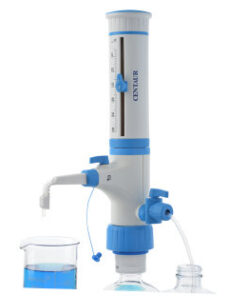Litmus Paper
R94.89 Ex VAT
Litmus paper is paper that has been treated with a specific indicator—a mixture of 10-15 natural dyes obtained from lichens (mainly Roccella tinctoria) that turns red in response to acidic conditions (pH 7).
Litmus paper is a tool used to test whether a substance is an acid or base. When a substance is dissolved in water, the resulting solution causes the litmus paper to change colour. The acidity or alkalinity of a solution is determined by the concentration of hydrogen ions, or power of hydrogen, expressed as a pH value. A litmus test provides a quick result but cannot determine the level of acidity or alkalinity of a solution. Performing Litmus Test: It gives the user a general indication of acidity or alkalinity as it correlates to the shade of red or blue that the paper turns. To test the pH of a substance, dip a strip of litmus paper into the solution or use a dropper or pipette to drip a small amount of a solution onto the litmus paper. Blue paper can indicate an acid with a pH between 4 and 5 or lower. Red paper can show a base with a pH greater than 8. If a solution has a pH between 5 and 8, it will show little color change on the paper. A base tested with blue paper will not show any color change, nor will an acid tested with red paper register a change in color. Limitations: Using a litmus test is a quick and easy way to determine if a solution is acidic or alkaline. Litmus paper is inexpensive, portable and can test acidity and alkalinity using only with a small volume of a solution. However, it can’t provide the actual pH for a substance, other than indicating if the pH is roughly less than 5 or greater than 8. Litmus paper is not useful for testing substances with a pH that is closer to neutral.
Range | Litmus Paper Red 100/box, Litmus Paper Blue 100/box, Litmus Paper neutral 100/box
• Litmus Paper Red 100/box
• Litmus Paper Blue 100/box
• Litmus Paper neutral 100/box
• Tests whether a substance is an acid or base
• Changes color in response to pH levels
• Quick and easy to use
• Inexpensive and portable
Related products
Labware & Consumables
Labware & Consumables
Labware & Consumables
Labware & Consumables
Labware & Consumables
Labware & Consumables
Labware & Consumables
Labware & Consumables
